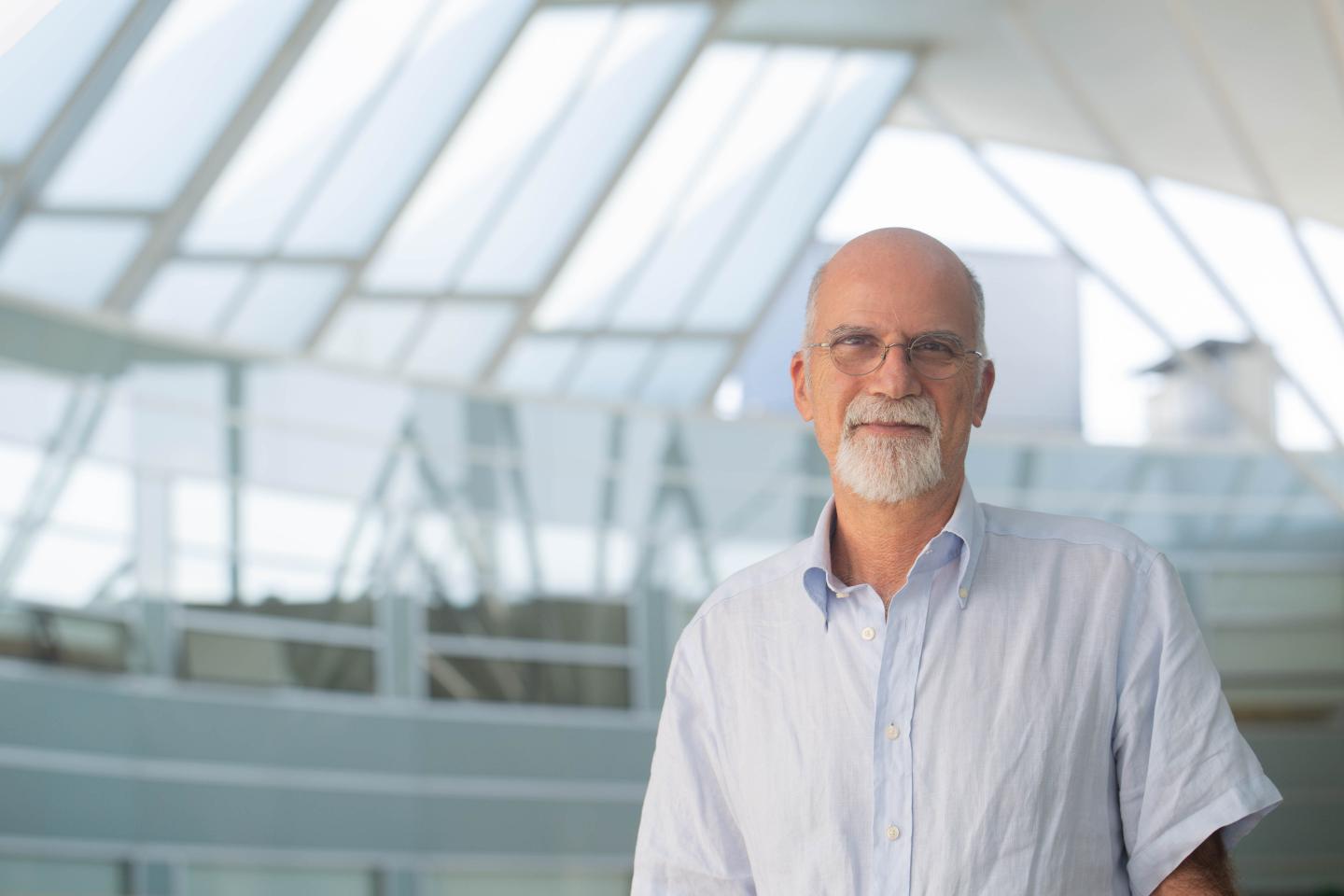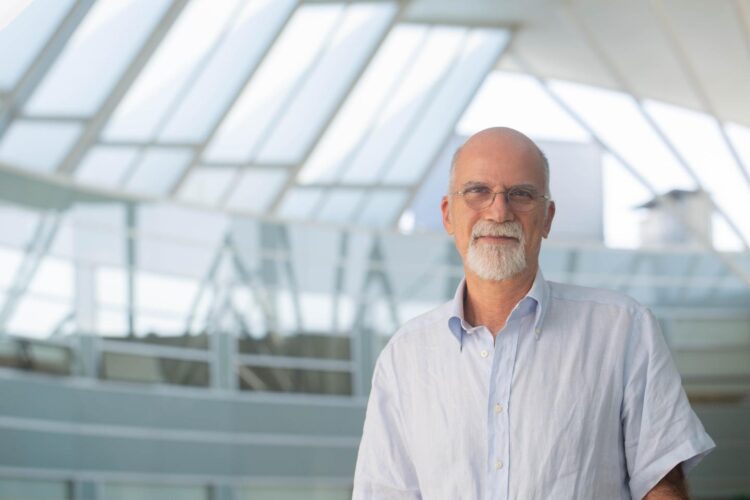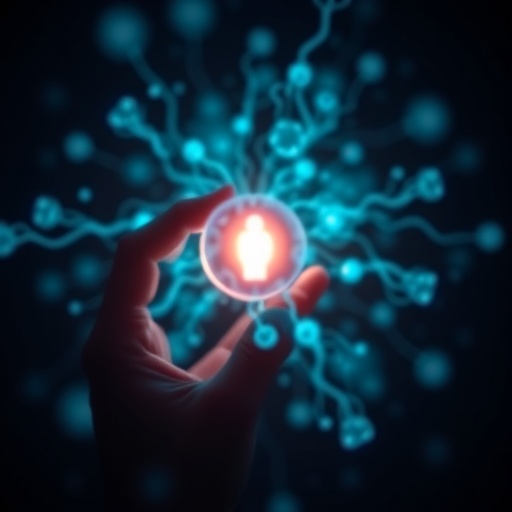The ERC has awarded one of its prestigious Advanced Grants to the leader of the Carbon Bionanotechnology group and Ikerbasque professor Maurizio Prato. The e-DOTS project is aiming to synthesise luminescent carbon nanoparticles with useful properties.

Credit: Maurizio Prato
The European Research Council has just published the list of new advanced research projects that it will be funding over the forthcoming five years. It is one of the prestigious ERC Advanced Grants each providing 2.5 million euros, which are awarded to research projects offering great potential and which may involve significant advances and offer solutions for some of today’s major challenges. The leader of CIC biomaGUNE’s Carbon Biotechnology group, the Ikerbasque Professor and AXA Chair Maurizio Prato, is one of the scientists set to receive one of these grants, which are awarded to develop the most creative ideas, as well as projects that are playing a decisive role in driving forward all knowledge domains. This is the second Advanced Grant awarded to Prato in the course of his research career.
The project that is set to be funded by this grant is called e-DOTS. It is a basic research project that aims to “explore the structure and properties of so-called carbon nanodots so that they can be accurately synthesised with the properties we want them to have”, said Prato. Nanodots are spherical nanoparticles (measuring about 3 or 4 millionths of a millimetre) made up of carbon, hydrogen, oxygen and nitrogen that are synthesised when organic molecules are subjected to temperatures of between 200 and 300 °C. Solubility in water and in other solvents plus the intense luminescence of these nanodots provide them with ideal properties for use in biomedical imaging with applications in new therapies as well as in diagnostics. The ERC has judged “this project to be one that could transfer nanodots from a purely academic level to a level of application in nanomedicine and in medical science, in general”.
“The structure of nanodots is not yet properly known. The temperatures to which reagents are subjected produce structures that are considerably more complicated than the original ones, but as yet we are not familiar with them. We know that it is possible to adjust their properties depending on the method of synthesis, in other words, by using different compounds to form them. And that is in fact the main aim of this project: to get to know the structure, chemical reactivity and properties of these materials in detail, to understand how they form and be able to modify them in the way we want,” said the researcher. Prato explained that nanodots have a central core that houses the so-called chromophores, which give them their luminescent properties, and externally they are covered in carbon chains “which have various functions that can be used to guide these nanoparticles to a specific target”.
Automated system to discover new nanodots
Besides exploring how these nanoparticles are formed and understanding what type of structures can be formed, “we also want to apply an automated system to discover new nanodots by using a new method for optimising their synthesis; in other words, a kind of robot that will prepare new nanoparticles, analyse them and tell us whether their properties are better or worse than we expected, and that will help us to understand how to synthesise the best nanoparticles and which properties we can incorporate into them”, explained Prato. That way, they will be able to adjust the properties of the nanodots: by using different compounds in the synthesis reaction, “we will be able to change the core and the external part to achieve the desired properties”, he added.
Studying the fundamental aspects of carbon nanodots in depth will enable their whole potential to be deployed across technological and biological applications, which could range from high-quality bioimaging to green catalysis in water. “They can be used in organic catalysis systems to obtain compounds with a high added value. We also expect to synthesise contrast agents for magnetic resonance imaging; and in addition, if we insert therapeutic molecules into these nanodots, we can use them not only for therapeutic but also for diagnostic purposes (this emerging field is called theragnostics)”, explained the Ikerbasque professor.
It will be possible to use them as markers in biological systems, “so, depending on the external structure of the nanodots we will be able to guide them to a specific type of cell, in other words, this system could be used to spot cancer cells”. To do this, he stresses that it is important to establish a biosecurity profile of the nanodots, because “how they will react with cells and living beings is not yet properly known. It is important to be sure that they are totally harmless”, although he predicts that according to the studies they have conducted already “it can be seen that they lack any toxicity”.
###
About Maurizio Prato
The Ikerbasque professor and AXA Chair Maurizio Prato, leader of the Carbon Biotechnology group, has made numerous, significant scientific contributions to the field of Organic Chemistry applied to the Nanosciences, by facilitating innovative, controlled and reproducible ways of manufacturing materials, such as carbon and graphene nanotubes, materials used for detection, catalysis and drug delivery, as well as in the neurosciences and in technologies relating to energy.
About CIC biomaGUNE
The Centre for Cooperative Research in Biomaterials, CIC biomaGUNE, member of the Basque Research and Technology Alliance (BRTA), conducts state-of-the-art research at the interface between Chemistry, Biology and Physics devoting particular attention to studying the properties of biological nanostructures on a molecular scale and their biomedical applications. It was recognised in 2018 as a “María de Maeztu” Unit of Excellence for meeting requirements of excellence, which are characterised by a high impact and degree of competitiveness in its field of activity on the global scientific stage. This ERC Advanced Grant comes in the wake of another 7 ERC Grants previously obtained by CIC biomaGUNE.
Media Contact
Alaitz Imaz
[email protected]
Original Source
https:/





